|
MercuryDPM
Alpha
|
|
MercuryDPM
Alpha
|
Since MercuryDPM was originally designed for use with Unix systems, Windows users must first install suitable software to allow compatibility.
We recommend the program Cygwin, which can be obtained from http://cygwin.com/install.html.
After downloading and opening the relevant executable (.exe) file, follow the default instructions until you see a screen resembling the one below asking you to select packages:
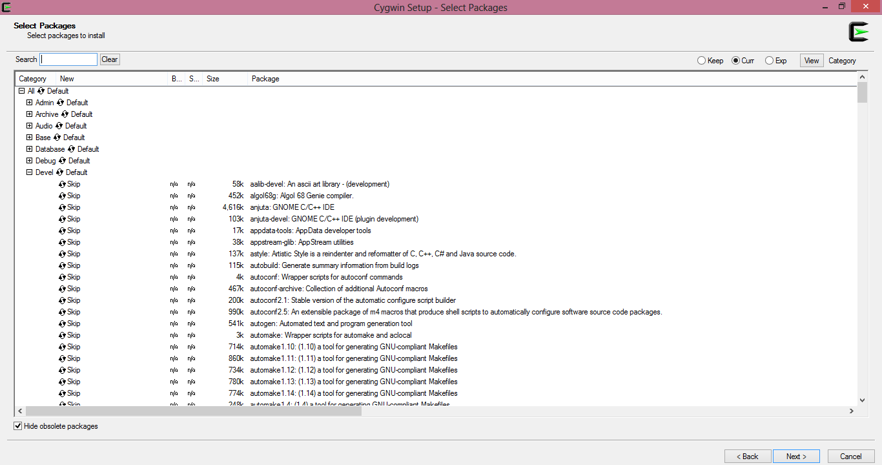
At this point, the packages listed should be included by clicking on the ‘+’ icon of the relevant heading and then clicking the name of the relevant package until a version number is displayed.
The majority of the relevant packages may be found under the ’devel’ heading which can be seen in the above image, although it may be easier to simply find the relevant packages using the search bar at the top-left of the window. It is not necessary at this point to fully understand the function of each package; for now, they simply need to be installed.
Complete X11 package
cmake: Cross-platform makefile generation system
cmake-gui: Cross-platform makefile generation system (Note: cmake-gui is not available in the 32-bit version of Cygwin. For 32-bit machines ‘ccmake’ — which is included with cmake, above — may instead be used).
make: the GNU version of the 'make' utility
If you do not already have a c++ complier installed, you should also install the ‘gcc-g++ C++ compiler’ package, which is also under the devel heading.
Note: It is highly advisable to keep your Cygwin updated to the latest version.
In addition to Cygwin, the installation of Mercury DPM will require an SVN client such as ’TortoiseSVN’, which may be downloaded from http://tortoisesvn.net. Once downloaded, TortoiseSVN may be simply installed using the default setup.
Once this process is complete, we are ready to download Mercury itself! This can be achieved by following the simple steps below:
Right click and select: ’’SVN Checkout…’’. You will then see the screen shown below:

†Note: If you want to download the ‘’release’’ version of Mercury, simply replace ’’beta’’ in the above path with ’’release/[RELEASE NUMBER]’’. The number of the current release can be found on the Mercury website.
You are now ready to follow the installation steps listed below for Mac/Linux users. If cmake-gui is not installed use ccmake instead.
††It should be noted that the ‘’XWin Server’’ is not the same as the main Cygwin terminal.
Compiler with c++11 features, for instance clang 3.4 or higher.
svn (‘subversion’) version 1.7 or above; this can be downloaded from https://subversion.apache.org/
cmake version 2.8 or higher (http://cmake.org/cmake/resources/software.html)
Optional: doxygen, which may be used to create documentation while building your own source code.
For Mac users, the latest version of Xcode is recommended; if you want to visualise your results, XQuartz may be installed as an alternative to X11.
Once the above procedures have been followed and the relevant packages installed, we are ready to begin installing Mercury!
mkdir MercuryDPM
cd MercuryDPM/
Once in the folder MercuryDPM, download or check out the beta version of the DPM source by typing
svn checkout https://svn.MercuryDPM.org/SourceCode/Beta MercurySource
The above command downloads the DPM source code into the folder named "MercurySource"
mkdir MercuryBuild
Get into the folder "MercuryBuild" by typing
cd MercuryBuild
cmake-gui ../MercurySource/
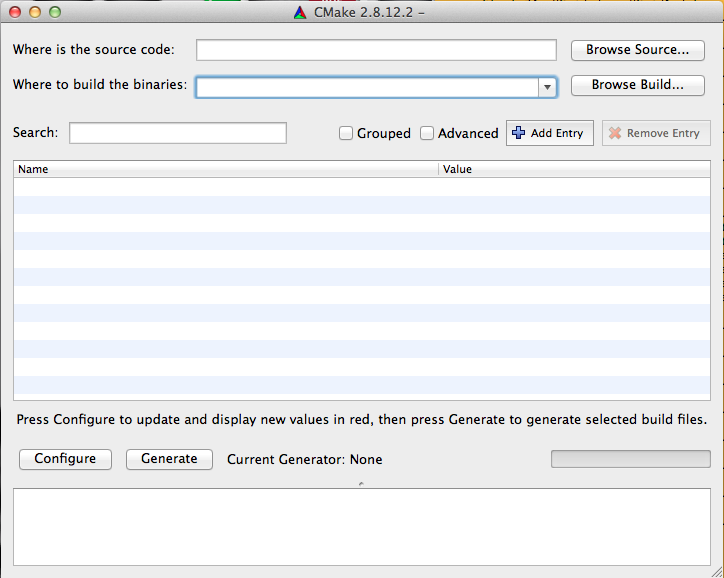
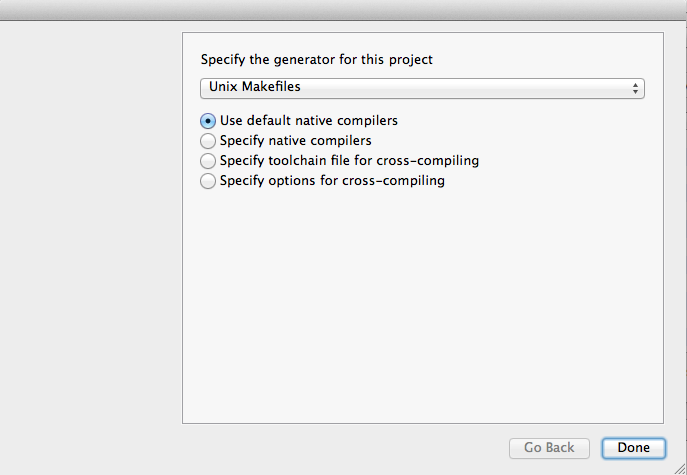

Any red line in the bottom panel, indicates that some package is missing or needs to be installed to have a successful "configure". In that case, click on the "Advanced" option to see exactly where the issue is or contact any of the MercuryDPM team of developers.
Among the more frequent error messages are:
X11_XRES_INCLUDE_PATH or X11_XRES_LIB not found
sudo apt-get install libxres-dev
X11_XRT_INCLUDE_PATH or X11_XT_LIB not found
sudo apt-get install libxt-dev
Some more solutions for common problems are mentioned here: http://mercurydpm.org/downloads/trouble-shooting.
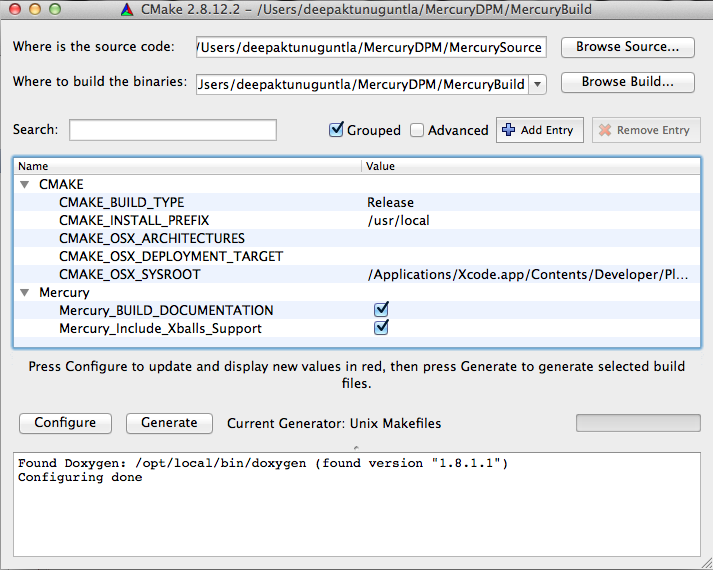
make fullTest
ccmake ../MercurySource/
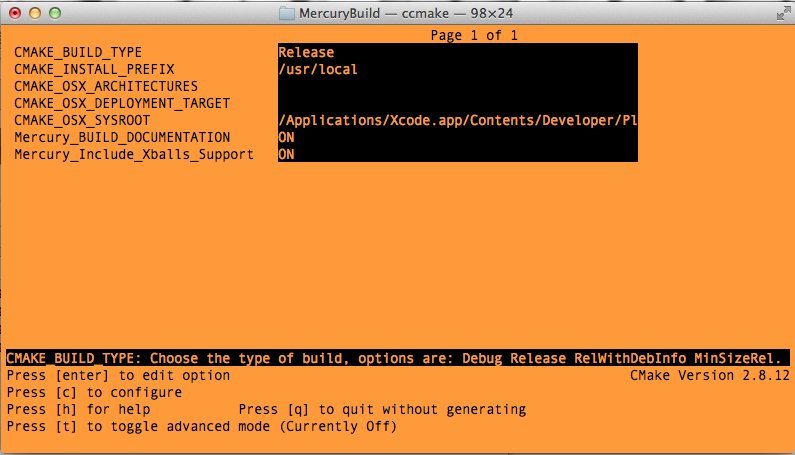
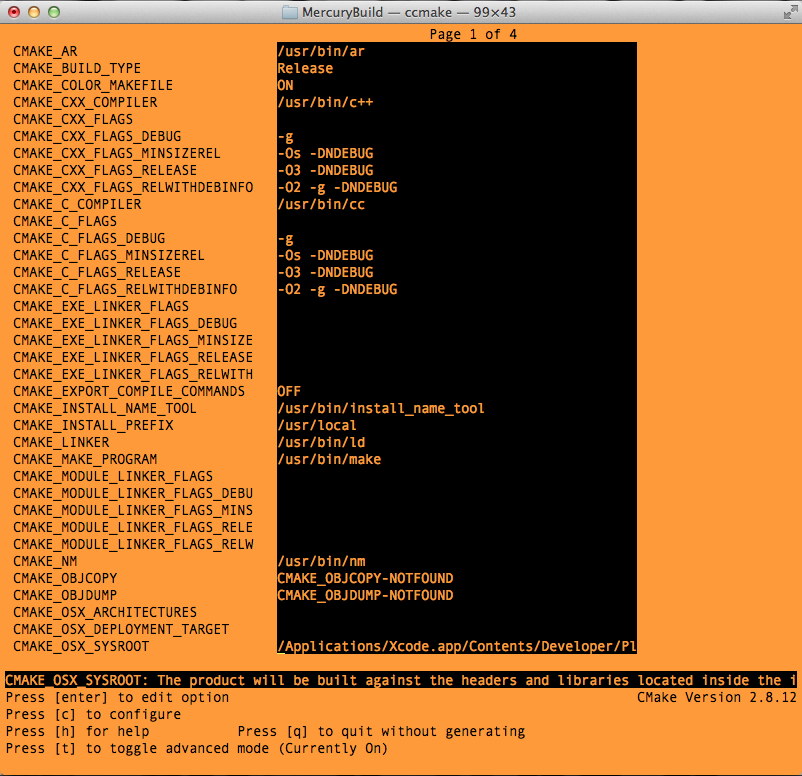
make fullTest